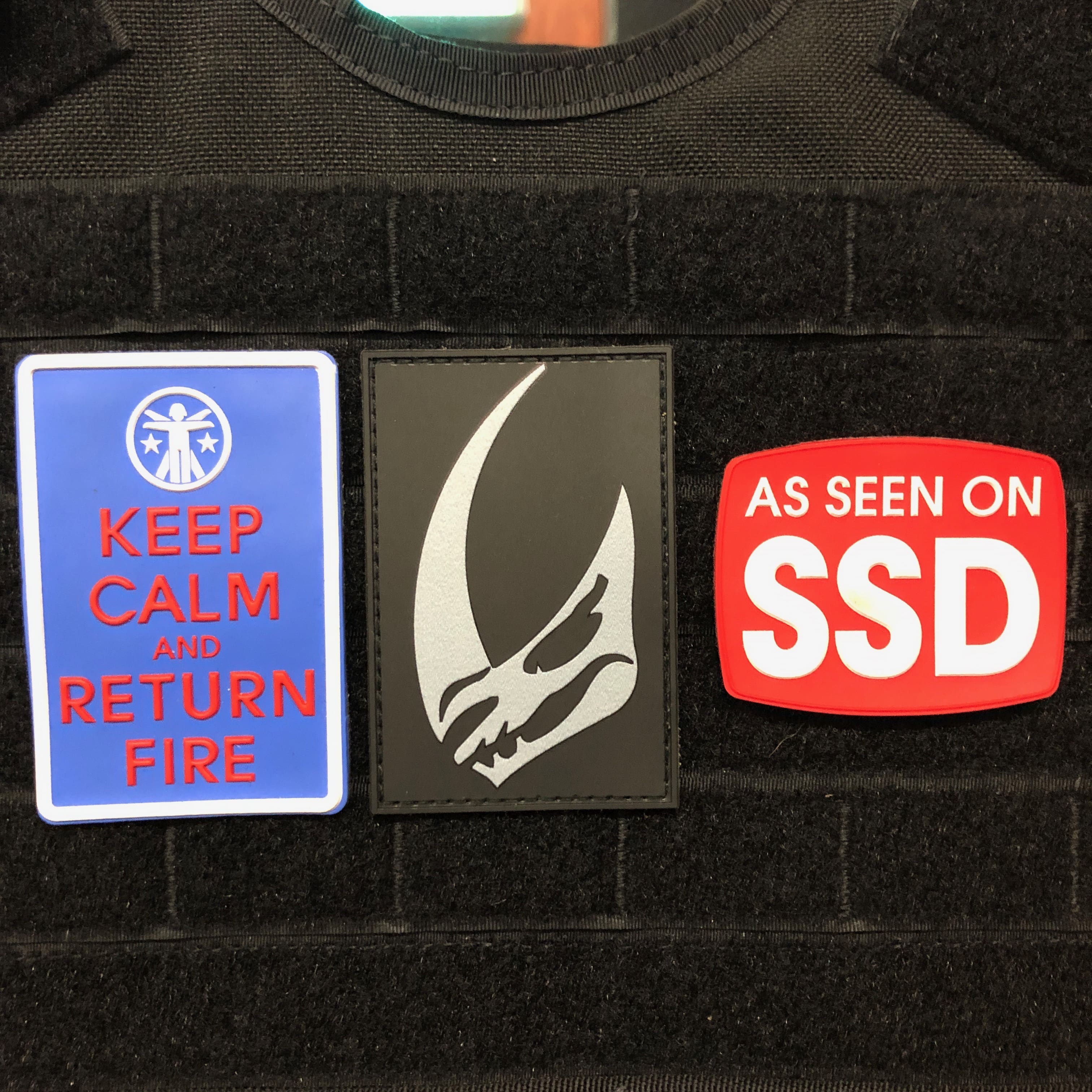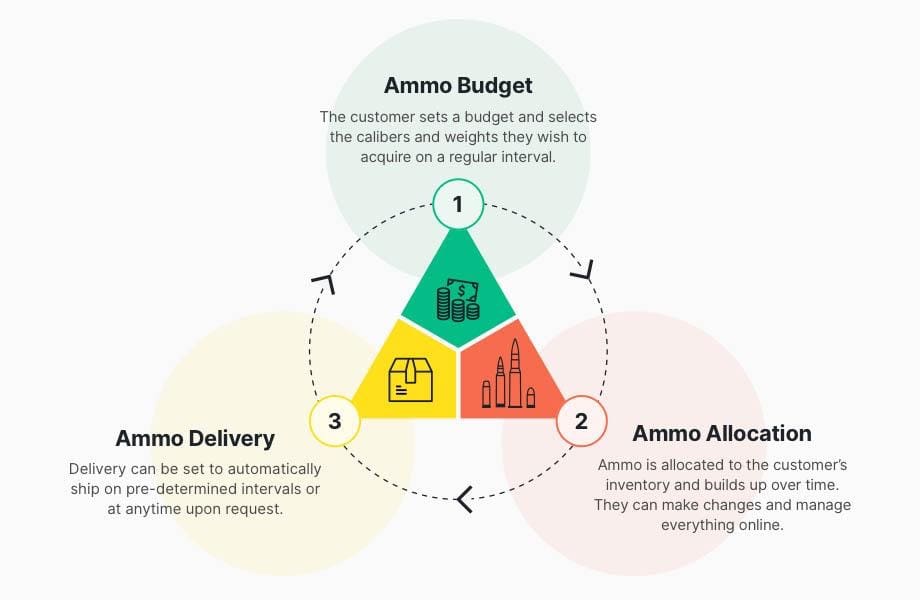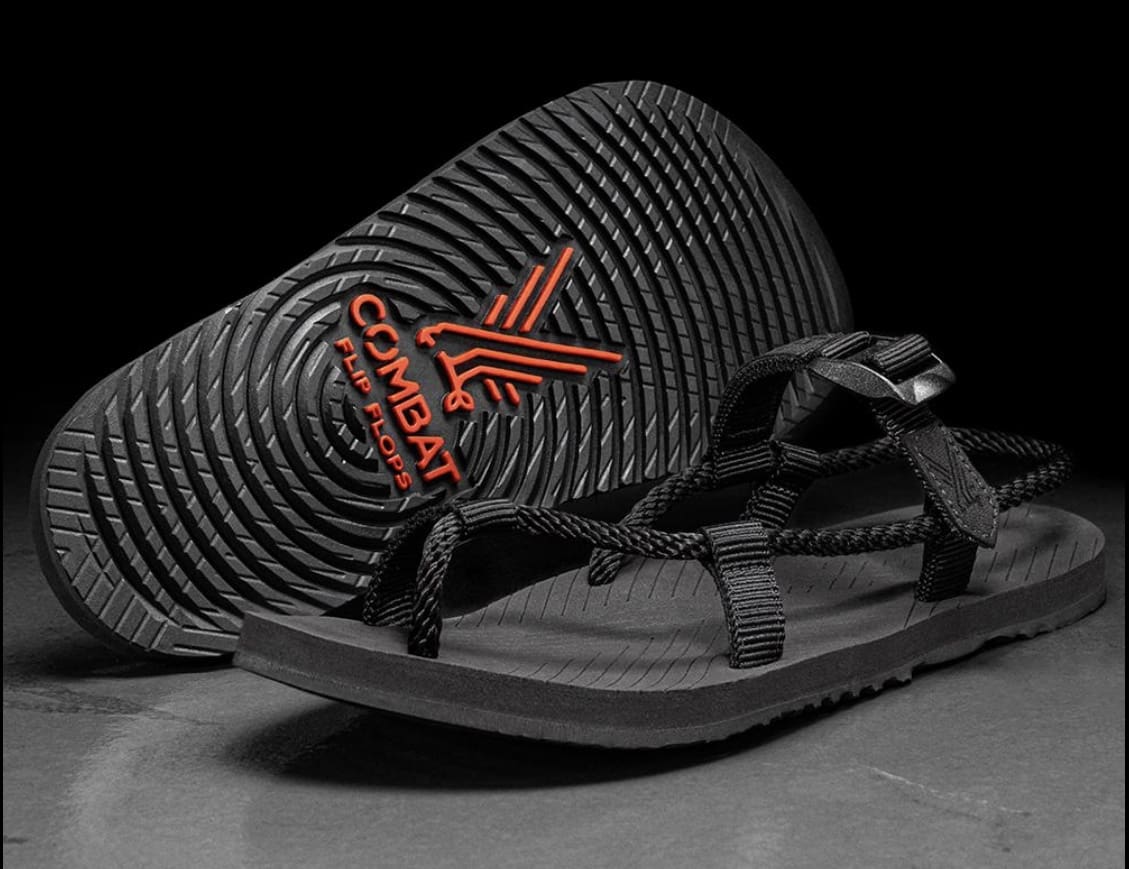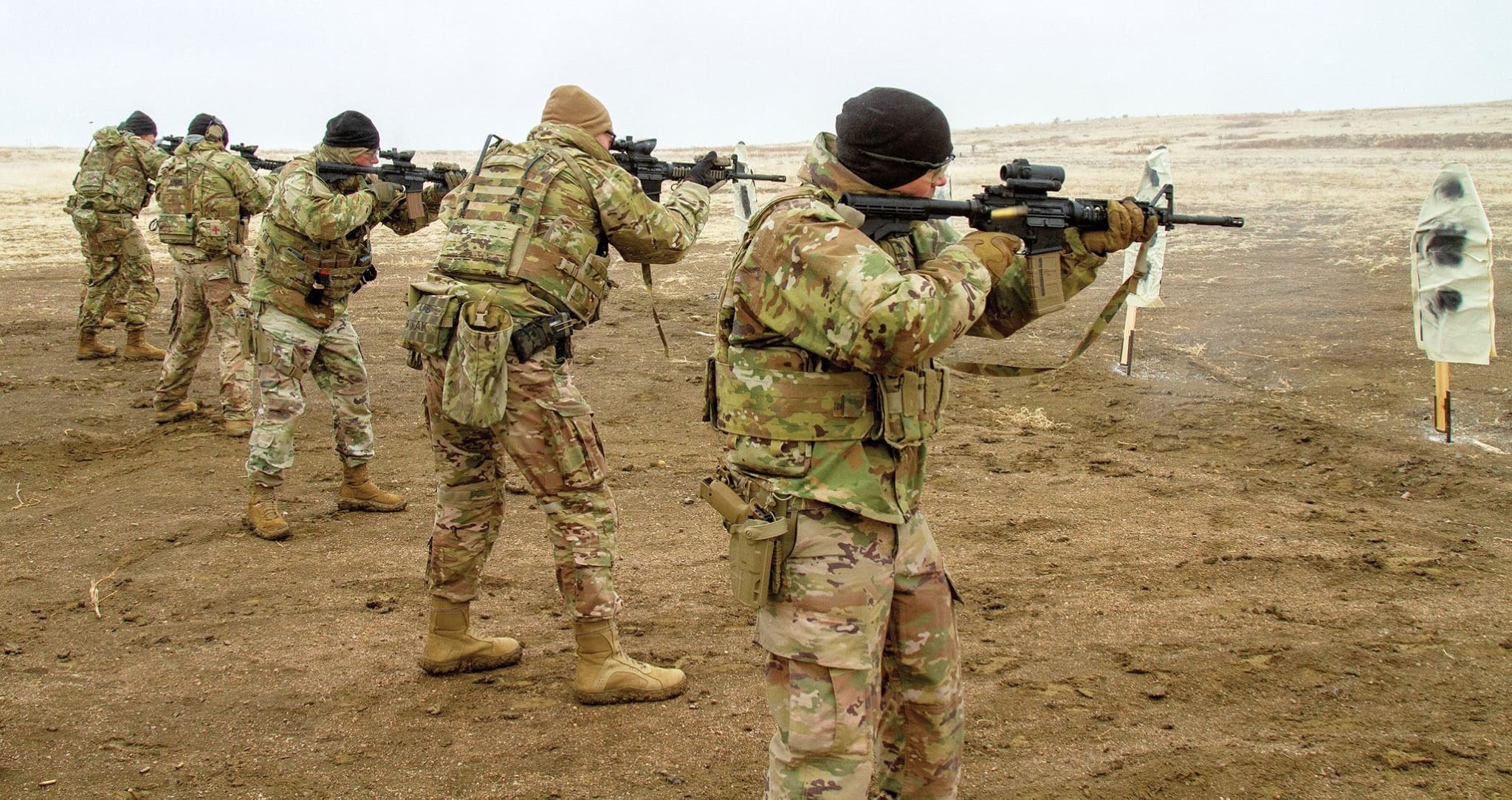WESTFIELD, Massachusetts – January 3, 2020 – Savage Arms, makers of the most trusted hunting and target rifles in the United States, is proud to introduce RENEGAUGE. The new American-made semiautomatic 12 gauge shotguns are built for field use, offer hunters and competitors a new standard for both fit and function, and include several patented parts and designs—including the Dual Regulating Inline Valve (D.R.I.V.) gas system.

“RENEGAUGE is unlike any other semi-automatic shotgun, and demonstrates our commitment to innovate as an independent company,” said Al Kasper, President and CEO. “This project has been in the works for years because we wanted to enter a new category in a big way. The team in place now did an amazing job getting this to the finish line. Hunters and shooters are going to be amazed with the fit, feel, function and versatility of this shotgun. And it’s a platform we can and will build on—so look for more in the very near future.”

RENEGAUGE has been tested to the extreme—both in the field and in the lab. Everything in the design is intentional and has a purpose. RENEGAUGE looks different because it is—and it brings American-made performance to a new level. The shotgun functions and cycles light loads and magnum field loads with unbelievable consistency and reliability. Avid wing shooters will love the way it swings, competitors will find it at home on the range, and hunters will trust it in the nastiest of conditions.
The D.R.I.V. system provides RENEGAGUE with the unparalleled ability to regulate the gas that cycles the shotgun’s action. Both low-brass target shells and Magnum hunting shells will cycle the action with the same reliability and without any adjustment from the shooter.
This functionality is complimented by how easy RENEGAUGE is to fit to the shooter. From comb height to length of pull, RENEGAUGE can be adjusted to ensure every aspect of its ergonomics matches its user’s needs.
Features:
• D.R.I.V. gas system
• Adjustable stock for length of pull, comb height, drop and cast
• One-piece, chrome plated action bar assembly
• Chrome plated reciprocating components
• Stock rod buffer to reduce felt recoil
• Fluted barrel with melonite finish
• Carbon steel ventilated rib with
red fiberoptic sight
• Competition-ready easy loading magazine port
• Oversized controls
• 3 interchangeable flush mount choke tubes (Beretta/Benelli) – IC, M, F
• Hard-sided carrying case
Learn more at www.savagearms.com.


 The completed transaction enhances Pro-Shot’s position within the firearms cleaning and maintenance category, complementing its already wide and diverse Pro-Shot brand of products. With KleenBore’s strong heritage and background in military and law enforcement markets, it will strengthen the product development pipeline of quality user-friendly products additionally in these markets.
The completed transaction enhances Pro-Shot’s position within the firearms cleaning and maintenance category, complementing its already wide and diverse Pro-Shot brand of products. With KleenBore’s strong heritage and background in military and law enforcement markets, it will strengthen the product development pipeline of quality user-friendly products additionally in these markets. 























































































































